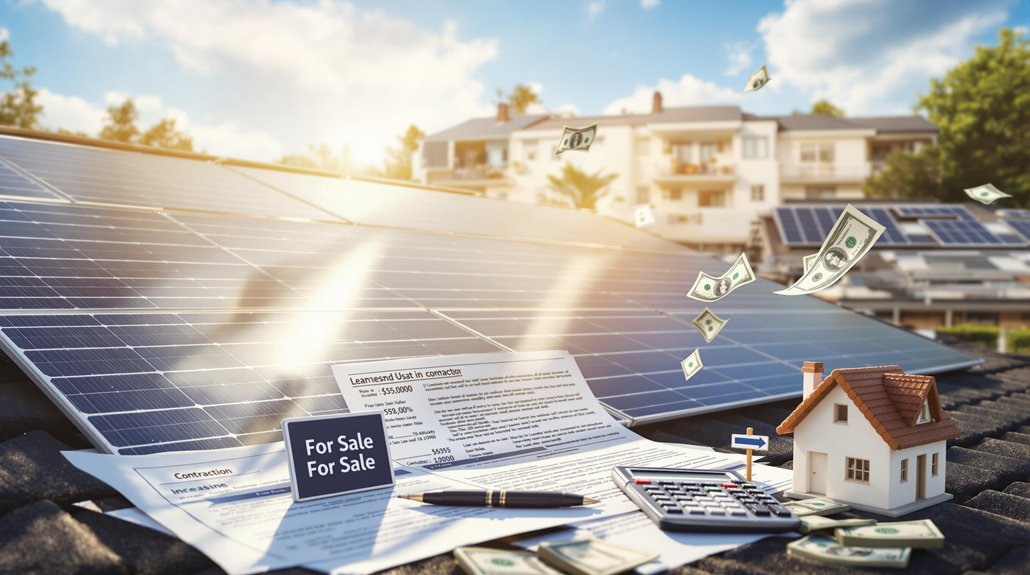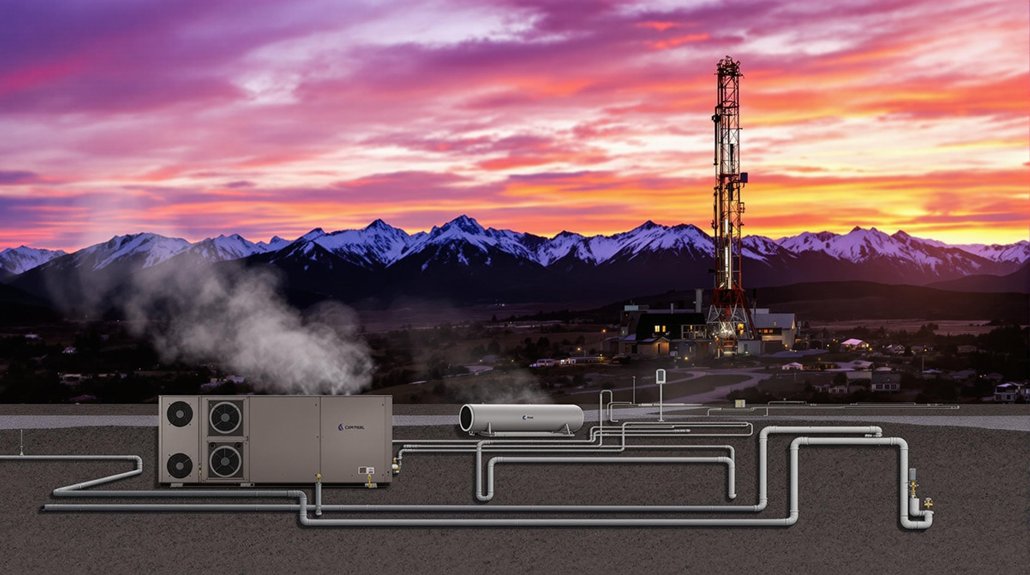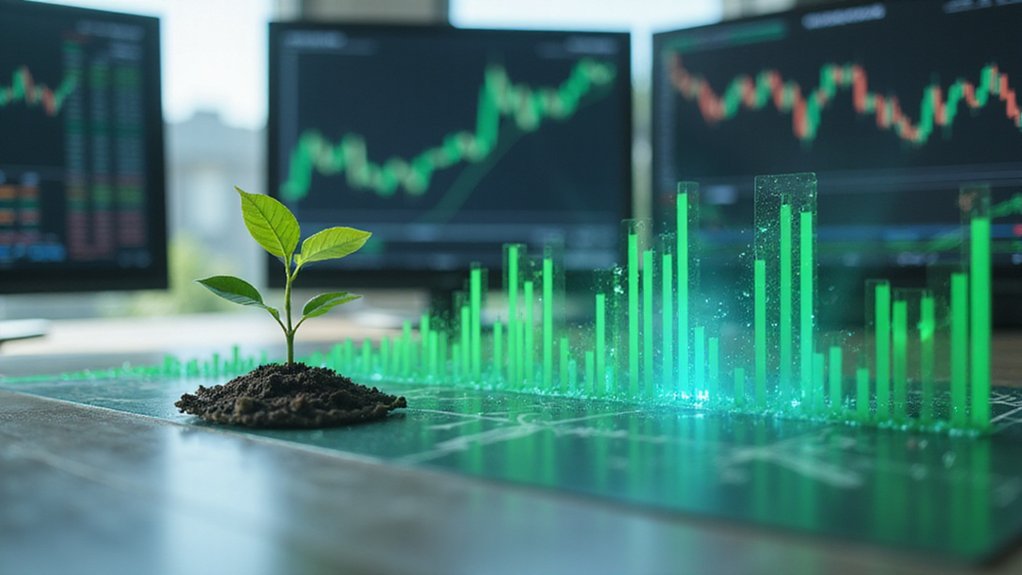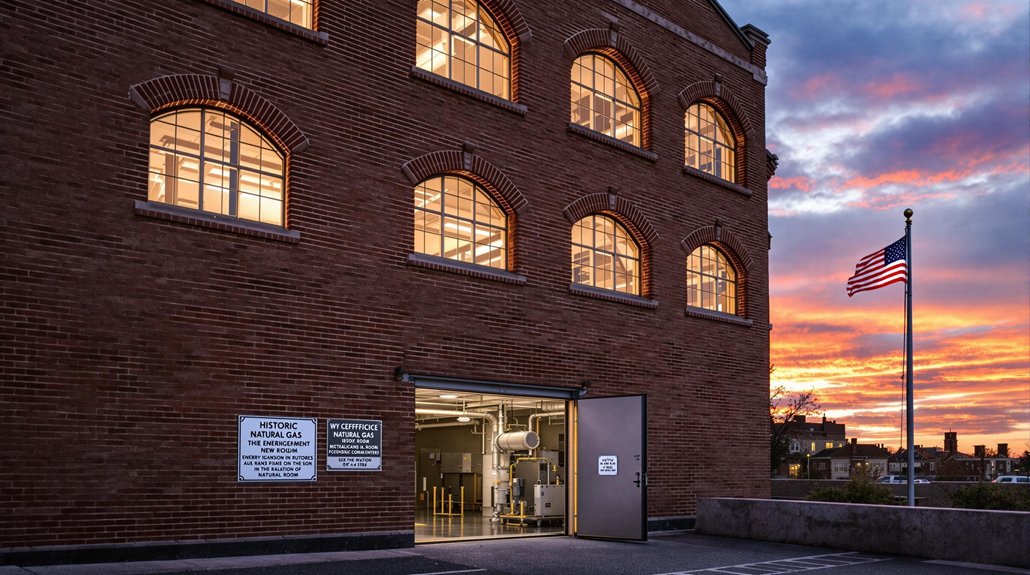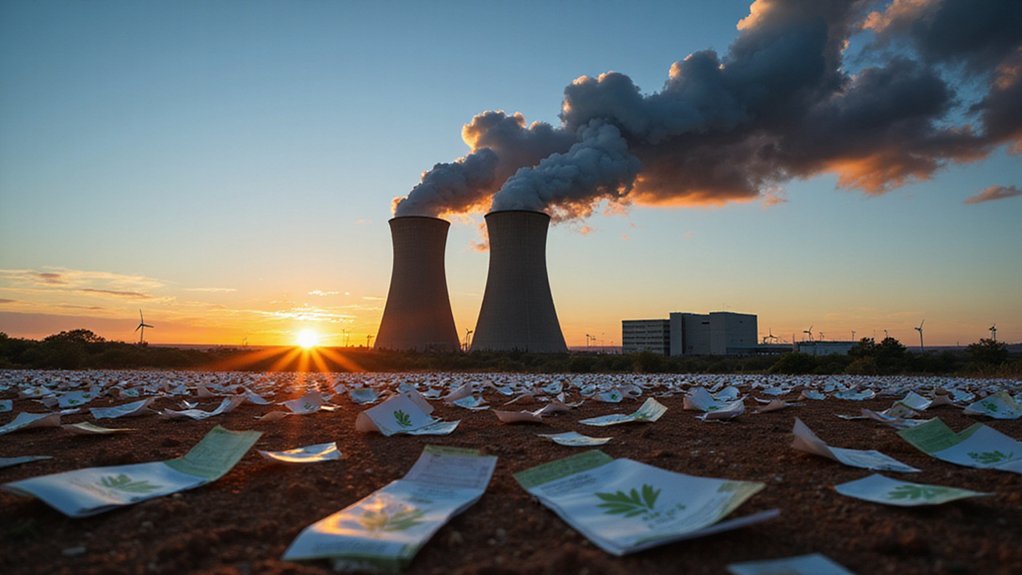Solar panel leasing offers homeowners a way to install renewable energy systems without paying upfront costs. Companies promote immediate utility bill savings and maintenance-free operation. However, many salespeople don’t mention the long-term financial implications. Escalating monthly payments, transfer complications during home sales, and the relinquishment of valuable tax credits remain hidden in the fine print. These overlooked details often transform what seems like a smart financial move into a costly commitment.
Why are more homeowners choosing to lease solar panels instead of buying them outright? The trend is growing fast, with 23% of U.S. households leasing solar in 2023, up from 10% in 2020. The market is expected to reach $89 billion by 2033, growing at over 17% annually.
The appeal seems clear: zero upfront costs and immediate utility bill savings. Companies like Tesla and SunPower offer innovative leasing options that make solar accessible to more people, including renters. This has helped expand clean energy to lower-income households who couldn’t afford the high initial investment of purchasing. Approximately 40% of residential solar installations in the U.S. were financed through leases and PPAs in 2023, highlighting the significant role of these financing models. These financing options help overcome one of the main installation costs barriers that typically slow renewable energy adoption.
What many salespeople don’t mention are the long-term financial drawbacks. Monthly lease payments typically increase yearly, often resulting in homeowners paying more over the 20-25 year contract than if they had purchased. Homeowners who lease don’t qualify for valuable federal or state solar tax credits, and they don’t own the Renewable Energy Certificates their systems generate.
The contracts themselves pose challenges. Solar leases often involve liens on roofs, and selling a home with leased panels can be complicated. Buyers must either qualify for and assume the lease or the seller must buy out the contract, often at a premium. Early termination comes with significant penalties. These complications can make your home less attractive to buyers who want to avoid taking over a long-term solar lease obligation.
Control is another concern. Leasing companies retain ownership of the equipment, limiting homeowners’ ability to upgrade as technology improves. While maintenance is typically included, performance guarantees may not fully protect consumer interests, and contracts often favor the leasing provider in disputes.
The environmental benefits of solar remain regardless of ownership structure. However, as panels age, leased systems may fall behind in efficiency without options for upgrades. Maintenance benefits are real but come with trade-offs in long-term financial outcomes and property control.
Despite these concerns, the market continues to expand. The rising cost of electricity and growing environmental awareness keeps driving interest in solar, with leasing providing an entry point for many who might otherwise be unable to participate.
